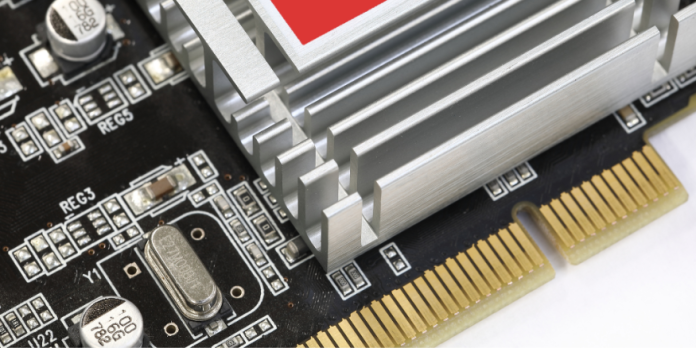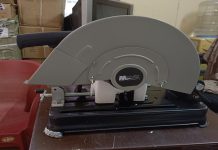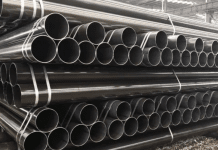Thermal dissipation is a crucial prerequisite for numerous electronic devices, particularly those subject to rigorous usage or extended periods of operation. The accumulation of excessive thermal energy can result in significant harm to electronic components, leading to a decline in their longevity. Hence, it is indispensable to ensure efficacious thermal dissipation to maintain electronic devices’ functionality at peak levels. One effective approach towards this end is the implementation of extruded aluminum heat sinks.
An extruded aluminum heatsinks are fashioned to dissipate the thermal energy produced by electronic components via proficiently conveying it to the contiguous surroundings. The production of extruded aluminum heat sinks is facilitated by a procedure wherein a segment of aluminum is coerced through a die to adopt a particular configuration. This method engenders intricate patterns that amplify the surface area of the heat sink, thereby elevating the heat dissipation efficiency.
Diverse Configurations, and Dimensions
Extruded aluminum heat sinks are obtainable in diverse configurations, dimensions, and possess varied thermal performance attributes. The morphology and proportions of the heat sink are of pivotal significance, as they govern the surface area of the instrument that will make contact with the proximal atmosphere.
A more considerable surface area facilitates more effective thermal dissipation, as there is an increased interaction between the heat sink and the surrounding air. Furthermore, the architecture of the heat sink impacts the course of airflow, thereby amplifying the efficiency of heat dissipation.
Direction Of Air Flow
The direction of airflow in extruded aluminum heat sinks is a critical design consideration that impacts heat dissipation efficacy. The design of the heat sink’s fins and layout has a profound effect on airflow resistance, resulting in the creation of airflow paths that encourage efficient heat transfer. In order to properly transmit thermal energy from the heat sink to the environment and reduce the device’s temperature rise, the direction of airflow is crucial.
Moreover, the efficiency of heat dissipation is impacted by the size, shape, and airflow volume of the heat sink fins. As a result, an effective extruded aluminum heat sink should have characteristics that promote airflow and thermal management effectiveness to guarantee peak device performance.
Thermal Conductivity
One of the benefits of utilizing extruded aluminum heat sinks is that they are light in weight and possess exceptional thermal conductivity. Aluminum is an adept thermal conductor, implying it can effortlessly transmit thermal energy from electronic components to the heat sink.
Moreover, aluminum displays low specific heat capacity, which enables it to rapidly assimilate and dissipate thermal energy. These characteristics render aluminum a fitting material for heat sinks.
Economical Price
Another benefit of employing extruded aluminum heat sinks is their economical price. Aluminum is easily accessible and malleable, facilitating a more effective manufacturing process, which in turn leads to reduced production costs. Furthermore, extruded aluminum heat sinks can be tailored to suit particular requisites, making them suitable for a broad range of applications.
Electronic Appliances
Extruded aluminum heat sinks are a prevalent feature in electronic appliances such as computers, power supplies, and LED lighting apparatus. In these appliances, the thermal energy produced by electronic components is transmitted to the heat sink, which then disseminates it to the neighboring surroundings. In the absence of efficacious thermal dissipation, these devices would overheat, resulting in a decline in performance and the likelihood of enduring damage to the components.
Bonus Read
Extruded aluminum heat sinks are a cost-effective and efficient approach to dissipating thermal energy generated by electronic components. They are lightweight, possess excellent thermal conductivity, and can be tailored to fulfill specific prerequisites. Implementing extruded aluminum heat sinks ensures optimal functionality of electronic appliances, lowering the risk of damage and prolonging their lifespan.











